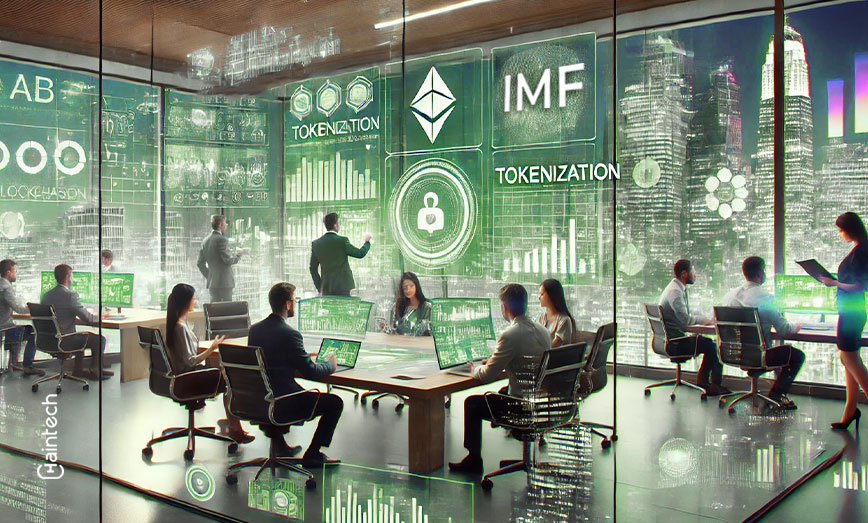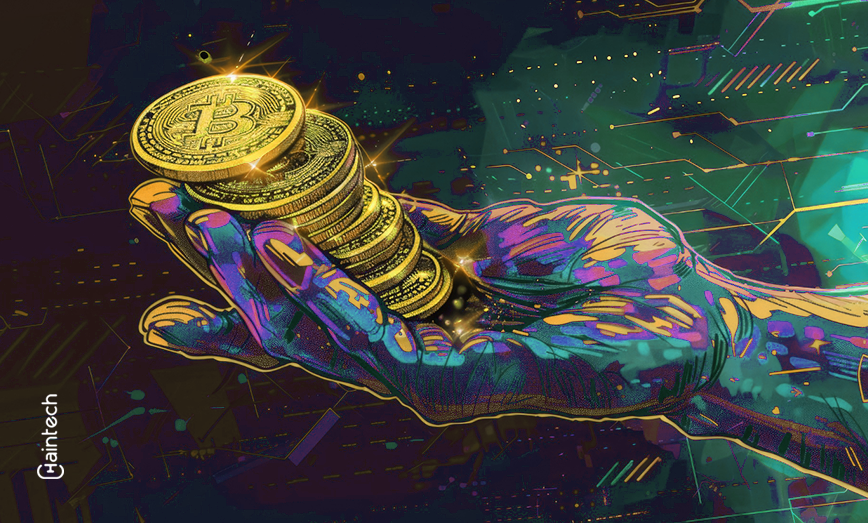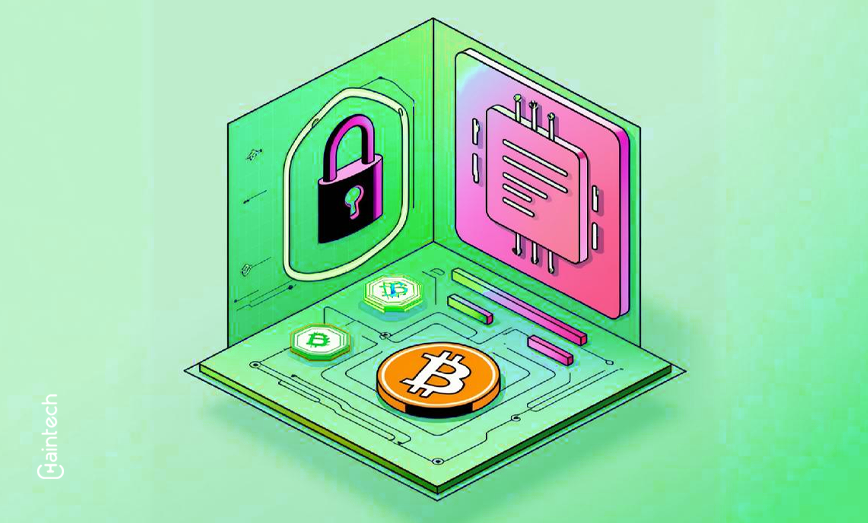Benefits of Tokenization: IMF Insights on Opportunities and Risks

Can a single technology cut costs for banks, open new investments for common people, and still threaten financial stability? A 2025 IMF study on benefits of tokenization says yes.
Tokenization—turning assets like gold, property, or bonds into digital tokens on blockchain—promises faster, cheaper transactions. But the IMF warns India: move too fast, and risks like fraud or market crashes could follow. Let’s explore both sides.
Key Takeaways:
- Tokenization may reduce banking fees by 40-60% for Indian investors.
- Linking digital assets (composability) could spark chain reactions during crises.
- RBI needs new rules to protect retail users without blocking innovation.
The IMF’s Tokenization Playbook: Rewriting Finance’s Rulebook
Imagine buying a fraction of a Mumbai office building for ₹500. Tokenization makes this possible. The IMF highlights how this tech solves old problems. For example, bond trading in India often takes 3 days and costs ₹200 per transaction. Tokenized bonds settle in 2 minutes at ₹20 per trade.
Traditional vs. Tokenized Assets in India
| Aspect | Traditional | Tokenized |
| Time | 3 days | 2 minutes |
| Cost | ₹200 per trade | ₹20 per trade |
| Minimum Investment | ₹10,000+ | ₹500 |
| Transparency | Limited audit access | Live tracking on blockchain |
| Automation | Manual approval needed | Instant via smart contracts |
A 2024 NITI Aayog study found tokenization could save Indian banks ₹8,400 crore yearly in paperwork and fraud checks.
The Dark Side: How Tokenization Could Break the System
Efficiency has risks. The IMF fears tokenization’s speed might backfire.
Case Study: The USDC Crash
In 2023, a US bank collapse caused stablecoin (USDC) to lose value. Another token (DAI), which held USDC reserves, also crashed. In India, similar links between tokens could spread panic. For instance, if a tokenized gold scheme fails, it might drag down linked real estate tokens.
- Rehypothecation loops: Using the same asset as collateral for multiple loans.
- Bank runs: People withdraw tokenized deposits faster than banks can handle.
- Legal gaps: Who owns a token if the blockchain splits? Indian courts aren’t ready.
- AI panics: Machines moving ₹1,000 crore from tokens to cash in seconds.
- Regulatory clashes: Gujarat allows risky tokens while Tamil Nadu bans them.
- Scams: Fake “tokenized farms” stealing ₹500 from rural investors.
The Regulatory Arms Race: Can Laws Outpace Code?
India’s RBI faces a tough task. Tokenization grows faster than rules. Singapore tests “dynamic risk limits” for tokenized assets. The EU labels linked tokens as “high risk.”
But India lacks global coordination.
If ICICI’s tokenized bonds trade on a private blockchain, how do they interact with global markets? The IMF suggests sandboxes—safe zones for testing. For example, RBI’s 2024 sandbox allowed Yes Bank to trial tokenized SME loans. This results in benefits of tokenization.
Interesting Fact
The IMF report highlights that tokenized assets can be linked together, forming a connected network. This connection can lead to risks, as a problem in one asset could affect the others, creating a domino effect.
The Retail Dilemma: Democratization or Exploitation?
Tokenization lets small investors access elite assets. But complexity confuses.
Example: The Gold Token Trap
A Kerala farmer buys “digital gold tokens” offering 8% returns. He doesn’t know the tokens are backed by Zimbabwean mines, not RBI-approved gold. The IMF urges “simple warnings” for users, like tobacco-style alerts.
The Digital Rupee Wildcard: Stability’s Secret Weapon?
The IMF’s report misses India’s ace: the digital rupee. Imagine linking tokenized assets to the RBI’s digital currency. During a panic, users swap tokens to digital rupees instantly. This could stabilize markets—or speed up crashes if machines trade faster than humans.
The Role of Indian Banks in Tokenization
Indian banks are already testing tokenization. HDFC Bank recently launched a pilot for tokenized corporate bonds. Axis Bank is exploring tokenized gold loans for rural customers. These experiments show promise but face hurdles. For example, rural users often lack smartphones or internet access. Banks must also train staff to handle blockchain tech.
The IMF suggests partnerships. Banks could team up with fintech’s to build user-friendly apps. For instance, a farmer could tokenize his land using a simple app, then use the token to get a loan. This cuts paperwork and speeds up approvals. However, banks must ensure data security. A single hack could wipe out millions in tokenized assets.
The Future of Tokenization in India
Tokenization isn’t optional—its future in India hinges on three critical factors: technology, trust, and timing.
- Firstly, technology needs to advance. Current blockchain platforms face challenges handling large transaction volumes, which is essential for realizing the benefits of tokenization.
- Secondly, trust is paramount; retail investors are unlikely to embrace tokenization without support from the Reserve Bank of India (RBI).
- Lastly, timing is crucial. Moving too swiftly might lead to scams that scare away users, but too slow a pace could see India losing its competitive edge to nations like Singapore.
The IMF’s report serves as a comprehensive roadmap. It outlines how tokenization can significantly bolster India’s economy by presenting opportunities such as tokenized MSME loans, which could potentially unlock ₹10,000 crore for small businesses.
However, it also cautions against the risks. Without stringent regulations, the system might be vulnerable to exploitation by fraudsters. The RBI must find the right balance—fostering innovation while ensuring safety—to position India at the forefront of the global tokenization trend.
Did you know?
Tokenization can reduce transaction fees by 40-60% for Indian investors, making financial services more accessible and efficient.
Conclusion
Tokenization isn’t optional—it’s inevitable. The IMF’s report is a wake-up call. Yes, risks like farmer scams or bank runs exist. But the benefits of tokenization are huge: boosting GDP via ₹50,000 crore of untapped rural assets.
FAQs
1. How does tokenization help Indian farmers?
Tokenizing crops or land lets farmers get loans against digital tokens, bypassing slow banks.
2. Are tokenized assets legal in India?
Only in RBI-approved sandboxes. Full legality needs new laws.
3. Can tokenization reduce black money?
Yes. Blockchain records all transactions, making tax evasion harder.
4. What if I lose my token password?
Unlike bank accounts, you lose access forever. No recovery options.
5. Will tokens replace UPI?
Unlikely. UPI handles payments; tokens represent ownership of assets.









